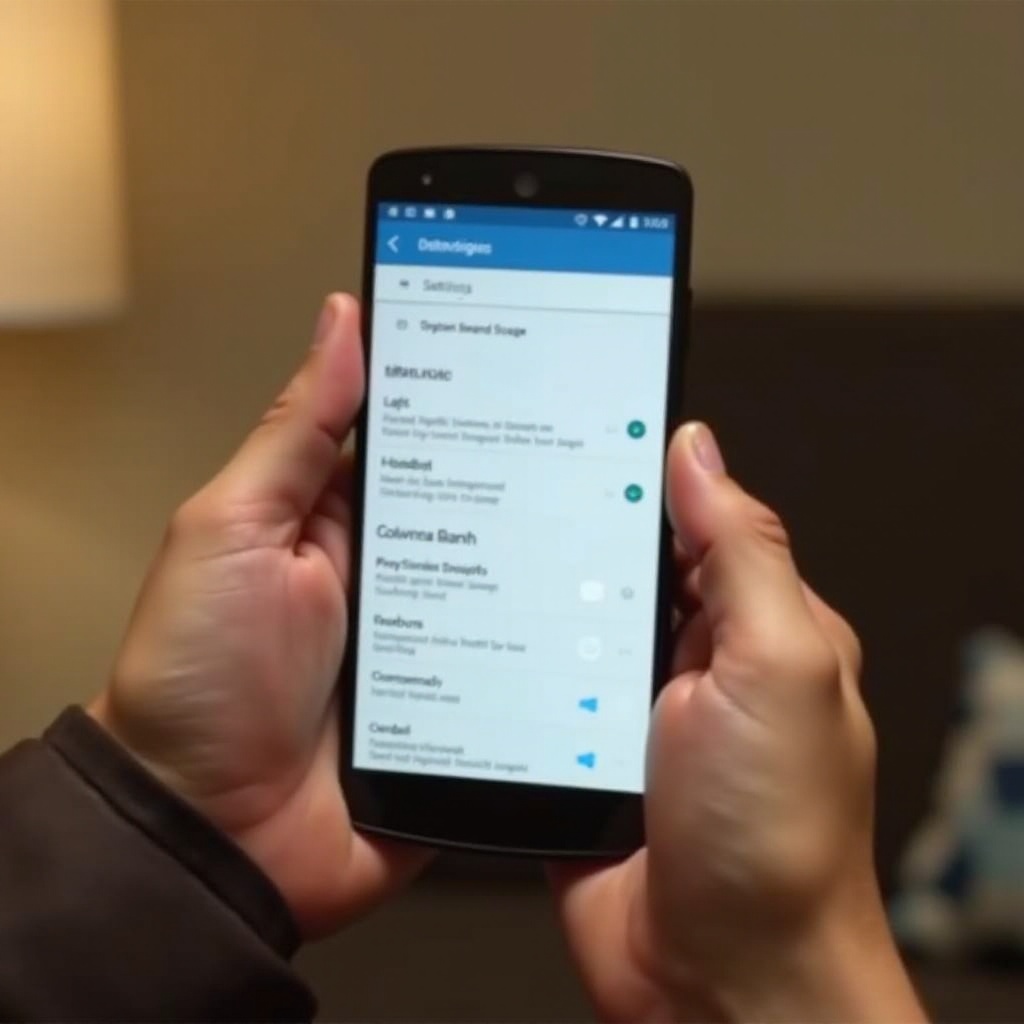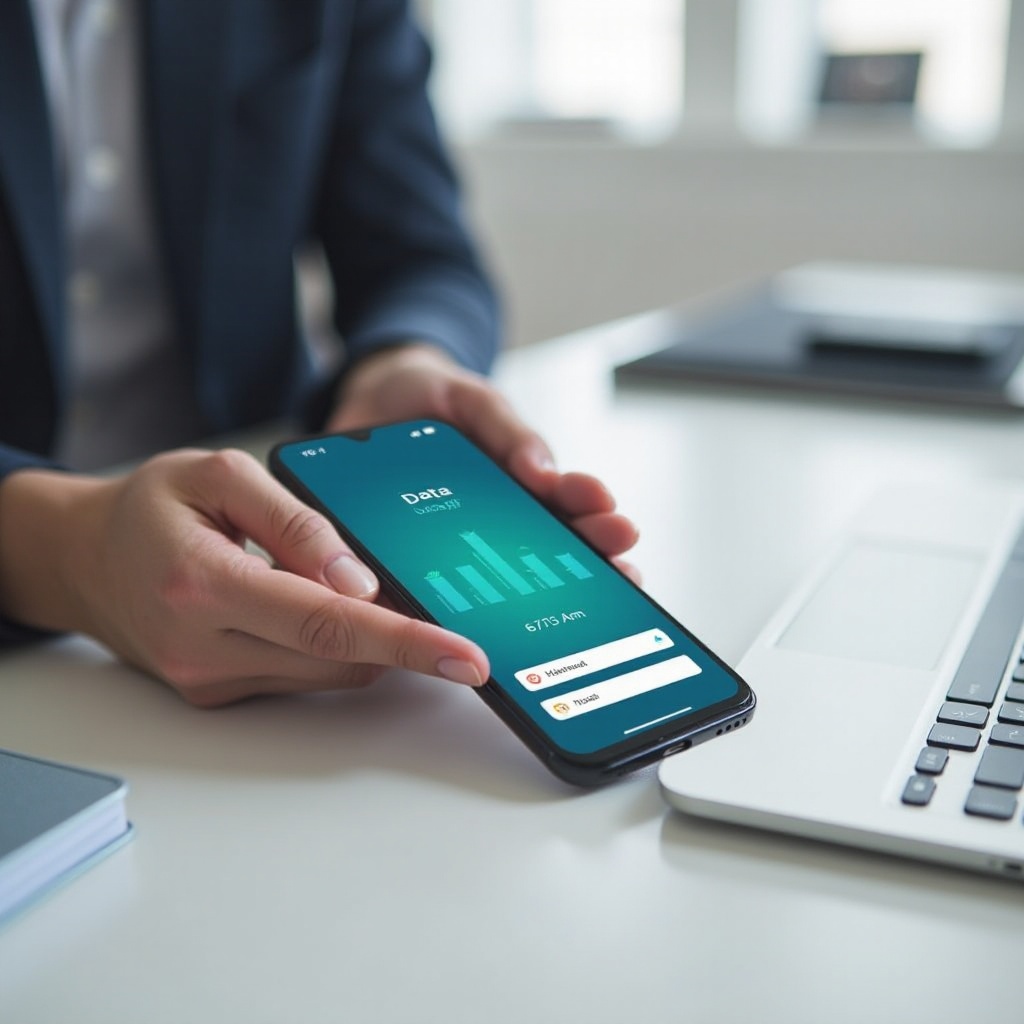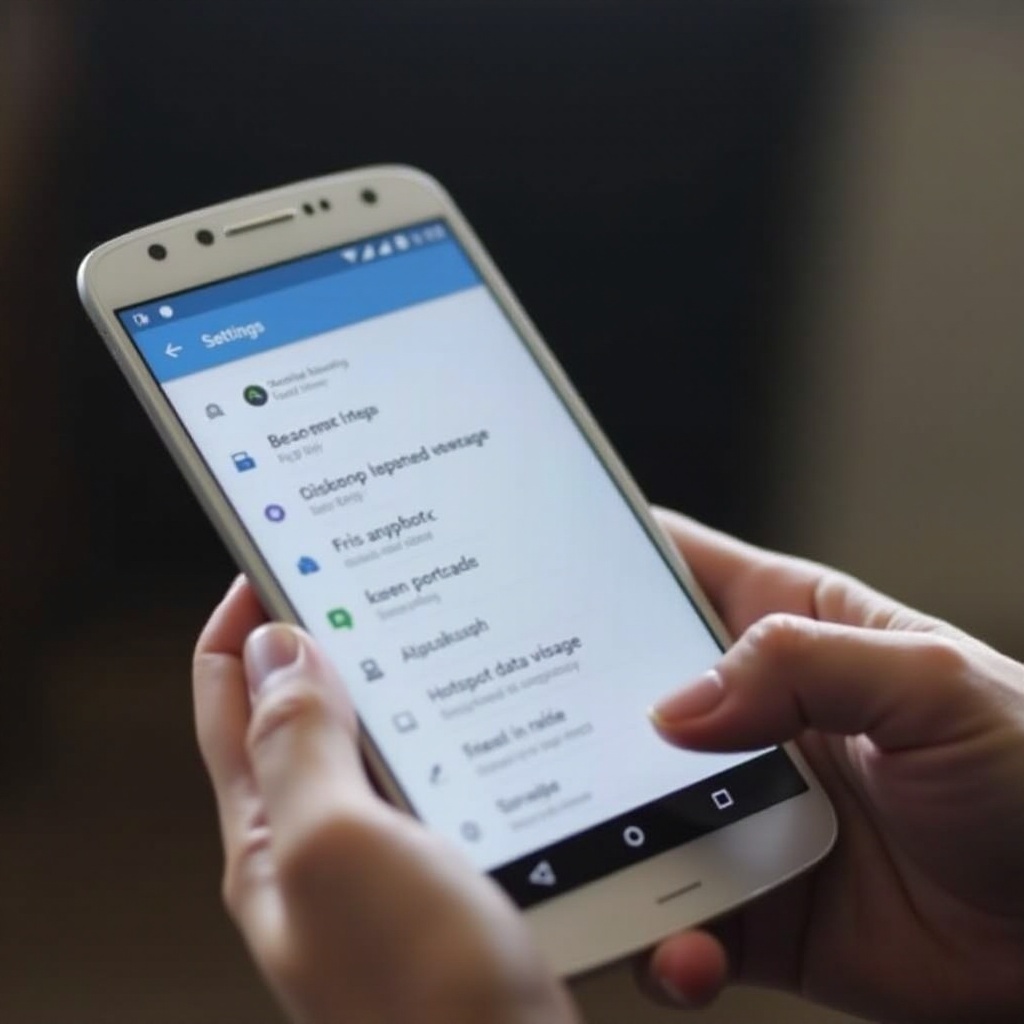Introduction
Understanding how to check your hotspot data limit on the Moto G2 is crucial for managing your data efficiently. With the constant need for internet connectivity, monitoring your hotspot usage helps prevent unexpected data overages and charges. This guide will walk you through everything from using built-in Android features to third-party apps and carrier-specific tools to track your data usage. Moreover, you’ll discover valuable tips to reduce your data consumption and troubleshoot any issues that might arise.

Understanding Hotspot Data Usage on Moto G2
What is Hotspot Data?
Hotspot data refers to the internet data shared from your mobile device to other devices using your phone’s mobile hotspot feature. When you enable the hotspot on your Moto G2, it turns your device into a mini WiFi router, allowing other devices to connect to the internet via your phone’s data connection.
Why It’s Important to Track Your Data Usage
Tracking your hotspot data usage ensures you stay within your data limits, avoid extra charges, and maintain smooth internet access. Overusing data can lead to throttled speeds and additional costs, making it essential to keep an eye on your consumption. Staying informed about your data usage helps you manage your activities better and make informed decisions regarding your data plan.
Using Built-in Android Features to Track Data Usage
Moto G2, running on Android, comes with built-in features designed to help users monitor their data usage. Here’s how you can leverage these tools:
Navigating to Data Usage Settings
- Open the Settings app on your Moto G2.
- Scroll down and select Network & internet.
- Tap on Data usage.
Setting Data Limits and Alerts
- In the Data usage menu, select Set data warning & limit.
- Toggle Set data limit to on.
- Enter your preferred data limit amount. This action will restrict your hotspot usage once it hits this threshold.
- Set a Data warning to receive alerts when your usage approaches the set limit.
Interpreting the Data Usage Summary
Within the Data usage section, you’ll find detailed summaries of your data consumption. The graphs and lists available show how much data each app or connected device has consumed. This feature can help pinpoint data-hungry apps or activities needing attention.
Using Third-Party Apps to Monitor Data Usage
While Android’s built-in tools are handy, third-party apps often offer more detailed insights and additional features.
Recommended Third-Party Apps
- My Data Manager
- Data Usage Monitor
- GlassWire Data Usage Monitor
How to Set Up and Use a Data Monitoring App
- Download and install your chosen app from the Google Play Store.
- Open the app and follow the initial setup instructions.
- Permission Requests: The app may ask for access to certain phone settings; grant permissions.
- Track Data Usage: Usually, the app will automatically begin tracking your data usage. Some apps allow you to set custom alerts, monitor app-specific data consumption, and even track data usage per connected device.
- Review Reports: Regularly check the app for detailed data usage reports, trends, and recommendations.
Utilizing Carrier Apps for Data Monitoring
Carrier-specific apps are another effective way to stay on top of your hotspot data usage. These apps provide accurate data tracking according to your carrier’s system.
List of Major Carrier Apps
- Verizon: My Verizon
- AT&T: myAT&T
- T-Mobile: T-Mobile
- Sprint: My Sprint
Steps for Checking Data Usage with Carrier Apps
- Download your carrier’s app from the Google Play Store.
- Log in using your carrier account details.
- Navigate to the data usage section.
- The app will display your current data usage, remaining data, and any additional charges if applicable.
- Many carrier apps also offer options to set data alerts, view billing cycles, and change data plans if needed.

Tips for Reducing Hotspot Data Usage
Reducing your hotspot data usage can help you stay within your plan limits and avoid additional charges. Here are some practical tips:
Managing App Data Consumption
- Disable app background data usage in Settings > Apps & notifications > See all apps > App info > Mobile data & WiFi.
- Use lite versions of apps, such as Facebook Lite or YouTube Go.
- Update apps only when connected to WiFi.
Data-Saving Settings and Techniques
- Enable Data Saver mode in Settings > Network & internet > Data Saver.
- Reduce streaming quality settings for services like Netflix and YouTube.
- Limit usage of high-data activities like video streaming and downloading large files.

Troubleshooting Data Tracking Issues
If data tracking features aren’t providing accurate information, several steps can be taken:
- Restart your device to refresh system settings.
- Check for any software updates and ensure apps are updated.
- Clear cache or data of the system apps related to network settings.
- If issues persist, reset network settings via Settings > System > Reset > Reset WiFi, mobile & Bluetooth.
Conclusion
Checking your hotspot data limit on the Moto G2 is essential for managing your digital life efficiently. By utilizing built-in tools, third-party apps, and carrier-specific apps, you can keep track of your data usage and avoid unexpected charges. Additionally, applying data-saving tips will help you get the most out of your data plan.
FAQs
Frequently Asked Questions
How often should I check my hotspot data usage?
It’s advisable to check your data usage weekly to stay ahead of any unexpected spikes or overages.
What should I do if my data usage information seems incorrect?
Restart your device, check for updates, and clear relevant caches. If necessary, contact your carrier for further assistance.
Are there any hidden data consumption factors I should be aware of?
Background app data usage and automatic updates often consume data without you noticing. Make sure to manage these settings in your device.
